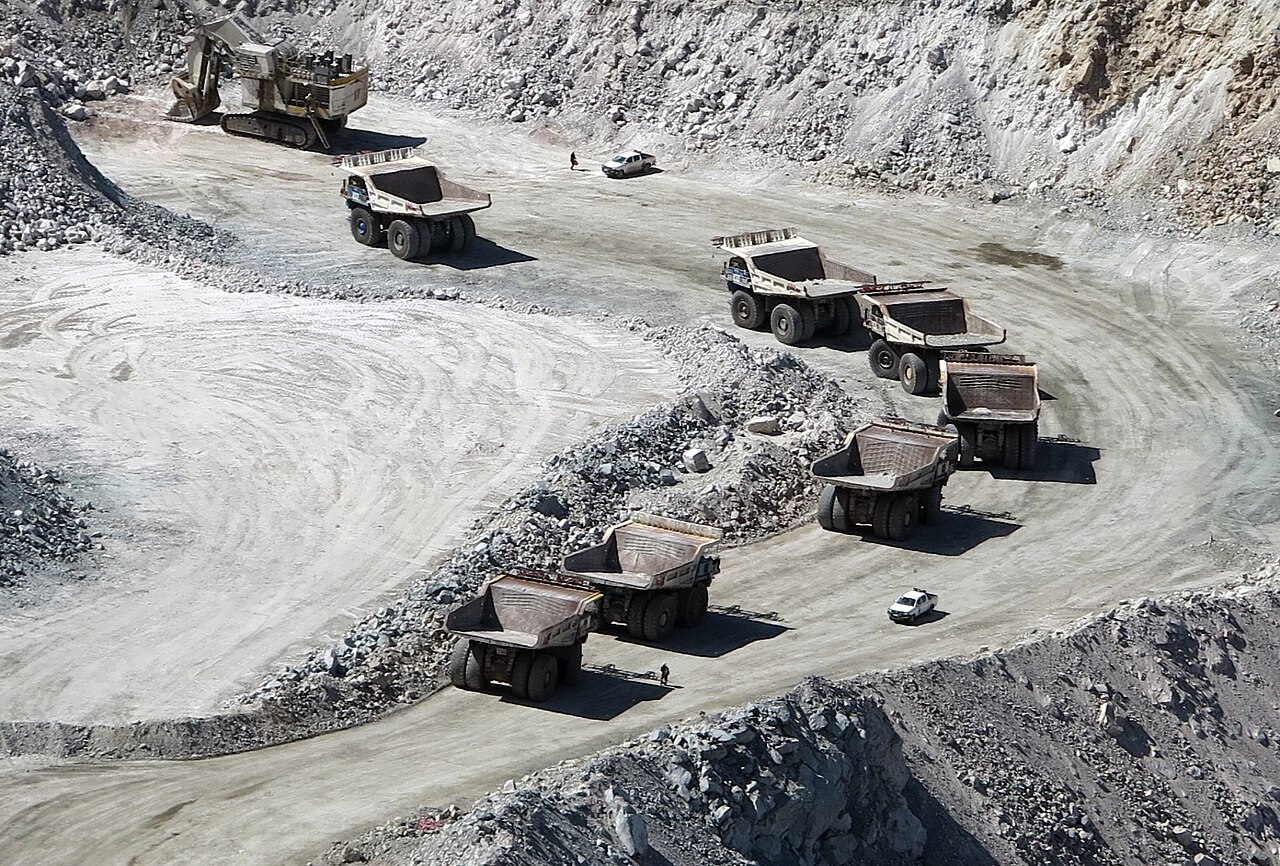After the Airstrike, What Washington Should Do Next in Syria
Editor’s Note: This piece originally appeared on Markaz.
Published by The Lawfare Institute
in Cooperation With

Editor’s Note: This piece originally appeared on Markaz.
A week later, the raid launched by President Trump on a Syrian air force base in response to yet another chemical weapons attack continues to resonate. Trump’s response boosted his domestic rating, introduced tension into his ambiguous relationship with Russia, has sent a signal to North Korea, and has drawn praise from Washington’s Middle Eastern allies as a sign of America’s return to a forceful, proactive posture in the Middle East.
Whether this was a solitary act or the first step in a new policy towards the Syrian crisis and more broadly in the Middle East remains to be seen. One idea the Trump administration should consider is to build a “southern Syria” option. Working with Israel and Jordan, southern Syria could become an area suitable for no-fly and safe zones, where a fresh pro-Western militia could be built.
Limited Options
In fact, Washington does not have attractive options in the Syrian arena, and most of the forces and considerations that have shaped its reluctance since March 2011 are still relevant:
- the (Obama) administration’s and the public’s aversion to another major military involvement in a lengthy, expensive Middle Eastern war;
- the weakness and divisiveness of the opposition to Assad’s regime;
- the contradictory policies pursued by Washington’s allies; and
- the need to pursue two different, often contradictory aims: the destruction of ISIS and the quest for an acceptable solution to the Syrian domestic crisis.
Since the fall of 2015, Washington’s calculus has been compounded by Russia’s military intervention in the Syrian civil war. Itself a by product of Washington’s limited role, it has served to tilt the war’s course in the regime’s favor and has added a Russian constraint to any U.S. action.
On the assumption that the United States is still determined to avoid large-scale military involvement in Syria (boots on the ground, as the cliché goes), its options are limited. Upon Trump’s election, it was widely assumed that he would seek a grand bargain with Russia and that Syria will be an important component of such a deal. This was a dubious proposition. Moscow is deeply invested in Syria, is fully supportive of Assad, and collaborates closely with Iran in Syria. The United States has no significant assets in Syria to be used as bargaining chips, and it is difficult to envisage an American president offering Russia concessions in Eastern Europe in return for cooperation in Syria. And in any event, Russia is not alone in supporting Assad; it shares the burden with Iran, and it is doubtful that it would be willing to part ways with Iran in Syria, as it would leave Iran as a determined supporter of the Syrian president.
Assad’s Next Move
The net outcome of the current tension could be a Russian commitment to prevent further Syrian use of chemical weapons and a promise to implement the 2013 promise to eliminate Syria’s chemical arsenal, in return for a U.S. promise to refrain from further raids against Assad’s forces. Such an outcome would in fact be tantamount to a U.S. acceptance of the trend evident since the fall of Aleppo: a gradual reconquista by the regime, with Russian and Iranian support, of the parts of Syria held by different opposition groups.





